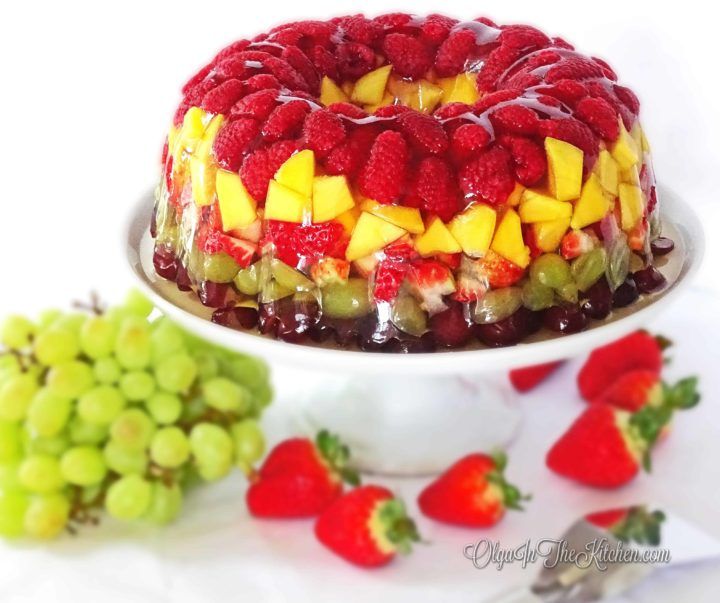In her essay “Ten Ways to Think About Writing: Metaphoric Musing for College Writing Students,” E. Shelley Reid provided her audience with new perspectives and methods for approaching and engaging with their writing by including entertaining real-world examples to explain her points further. Although I was able to gain incredible knowledge and perspectives throughout the essay’s entirety, the section that stood out to me the most was part six, “Fruit Jell-O: Balancing Arguments & Examples.” Within the paragraphs beneath this title, Reid delves into the difficulties that writers often face when attempting to find a balance between stating our theories and arguments while also providing our audience with concrete evidence and examples and relates this idea to the importance of a good balance of additional liquids or foods in a fruit Jell-O mixture (Shelley Reid 12).
“Writing just your opinions, theories, and arguments is a lot like serving plain Jell-O: it seems like you’re doing something productive, but there’s not much substance to it. . . [and] Writing just your examples, reasons, and details is a lot like bringing cherries to the party: it’s interesting and lively, but readers don’t know what to make of it all” (Shelley Reid 13). This quote from Shelley Reid’s essay perfectly sums up the overarching point of this section- that finding harmony between writing your opinions and factual examples within your writing will not only provide overall consistency throughout the text but will also hold everything together, creating a seamless piece that allows the reader to recognize the points you are making and form meaningful connections to the evidence you provided to support the claims you made (Shelley Reid 14).
As a whole, Shelley Reid’s piece communicated fun ways for her audience to take more control over their writing to produce more successful and engaging pieces. She also emphasized the importance of considering the entire writing process, from the beginning thinking stage all the way to the revision stage, to ensure that the writer is not rushing the process in order to create meaningful, thought-provoking, and informative texts for their audience to enjoy and gain something from.
Works Cited
Shelley Reid, E. “Ten Ways ToThink About Writing: Metaphoric Musing for College Writing Students.” Writing Spaces: Reading and Writing, Volume 2, 2011




Leave a Reply